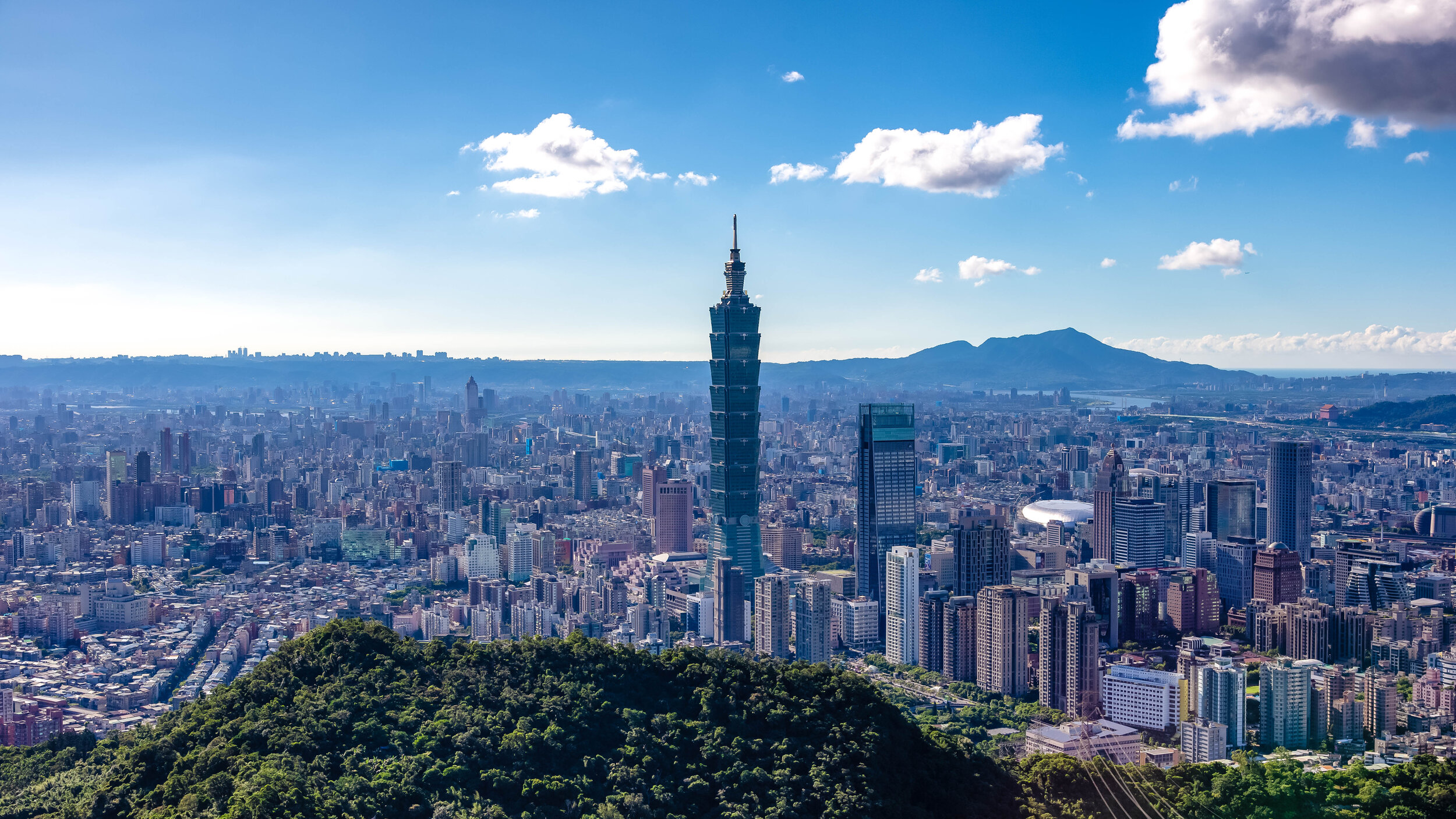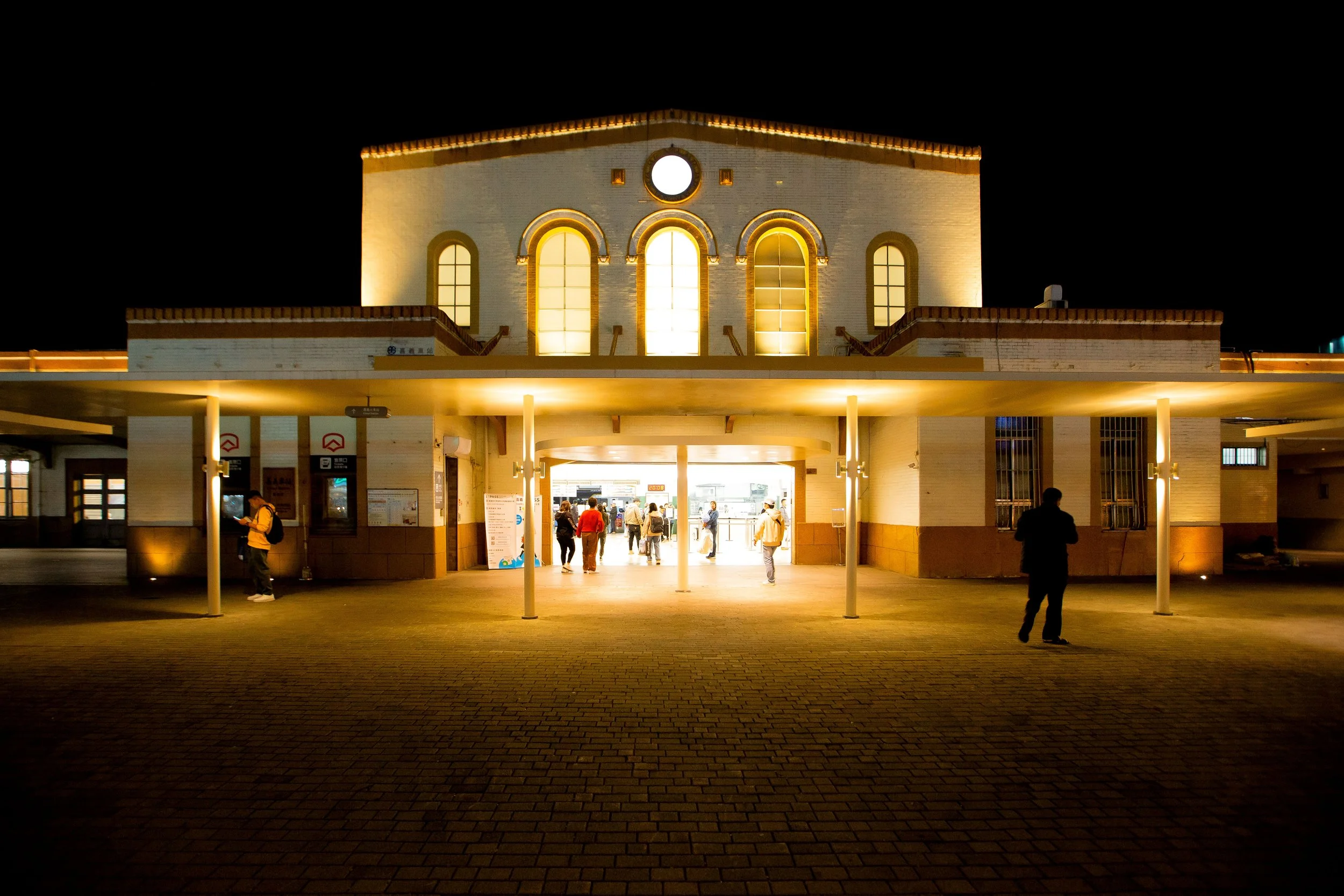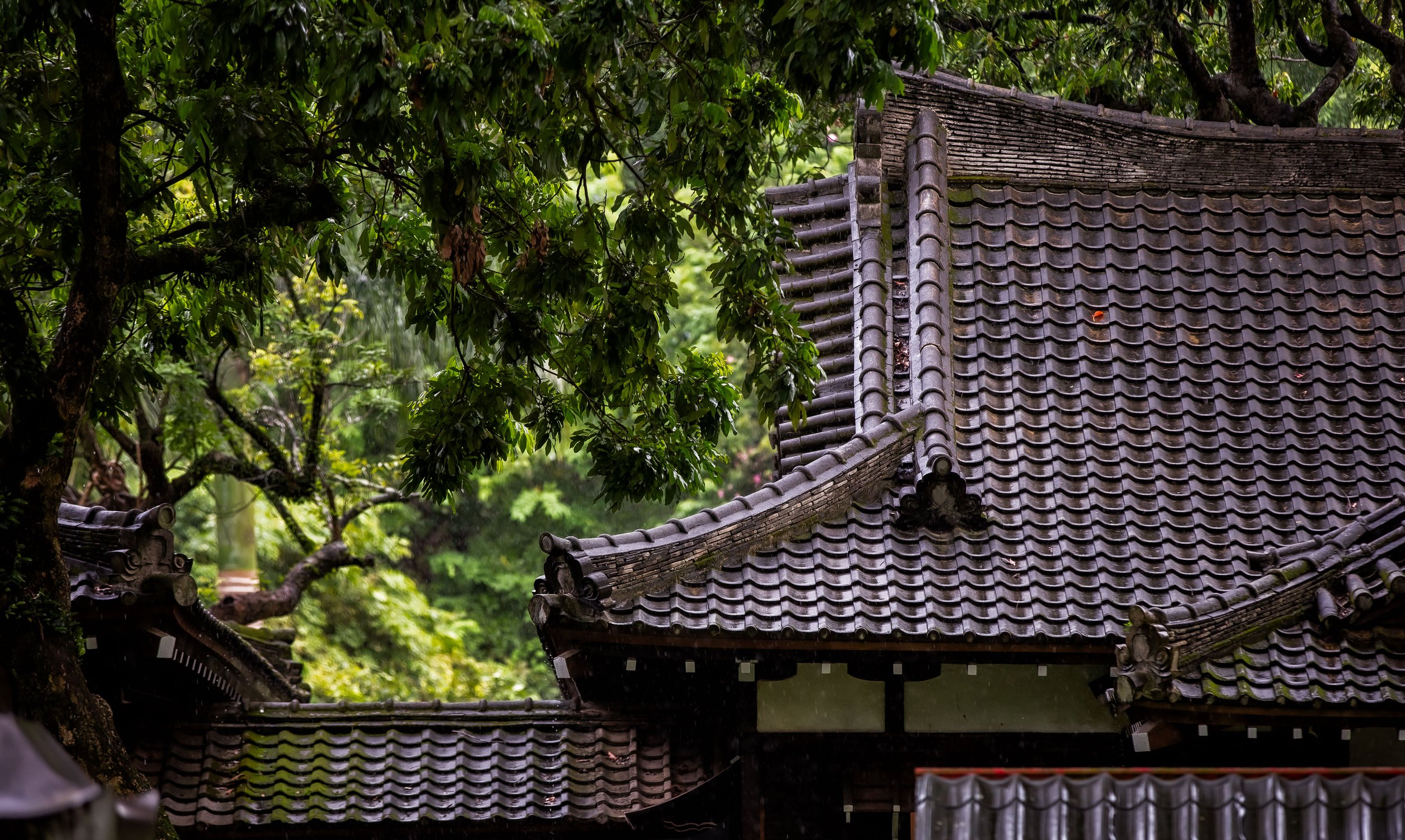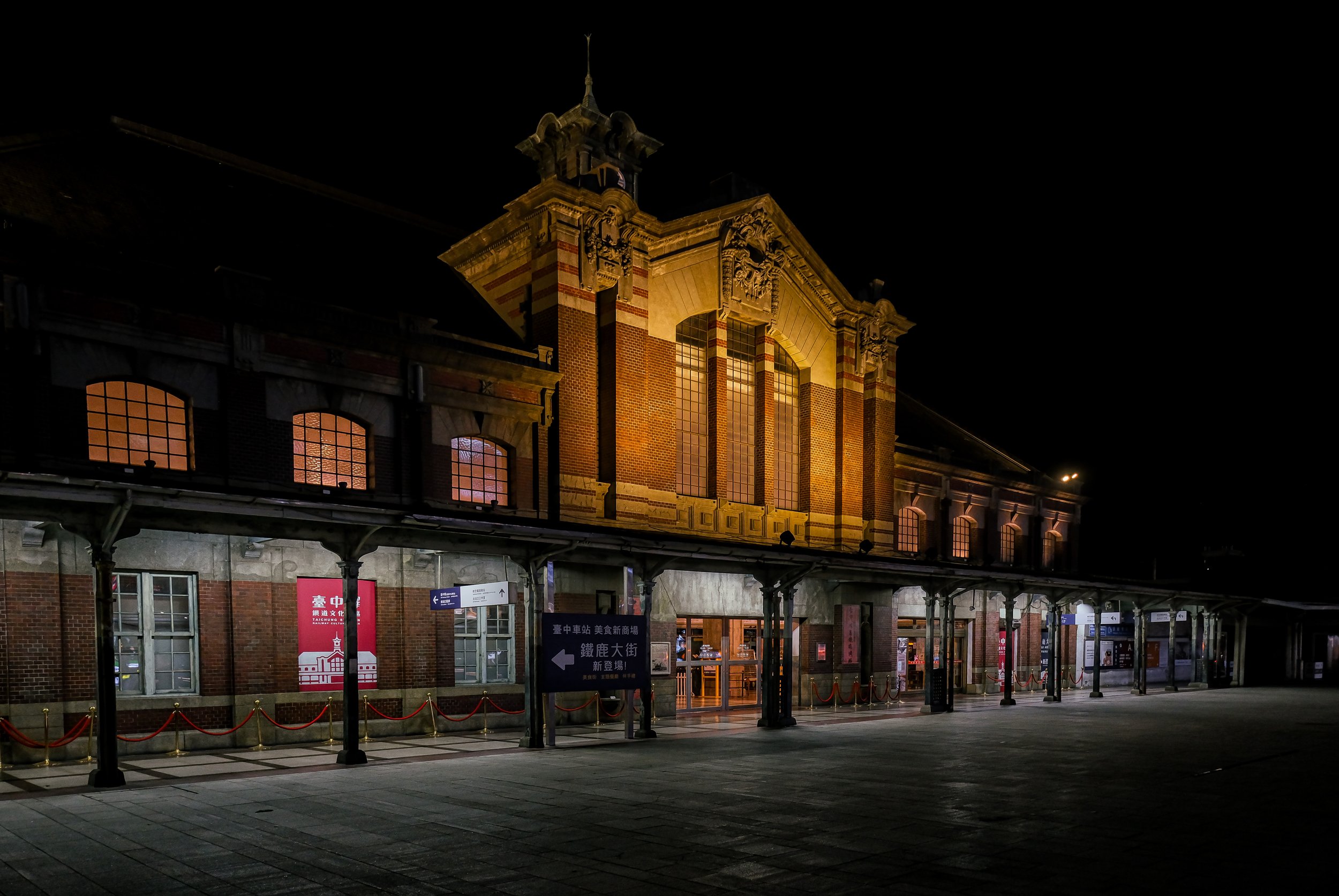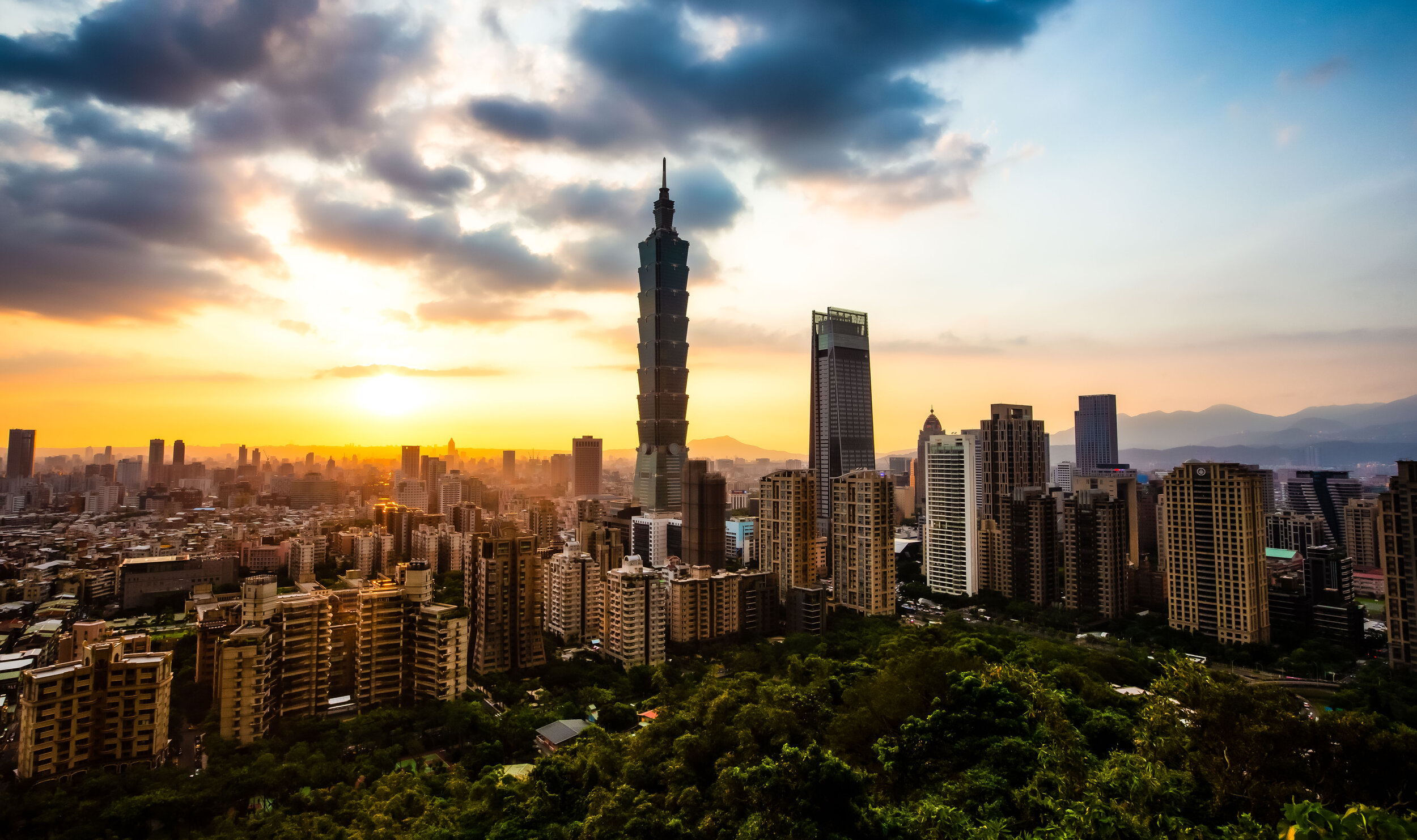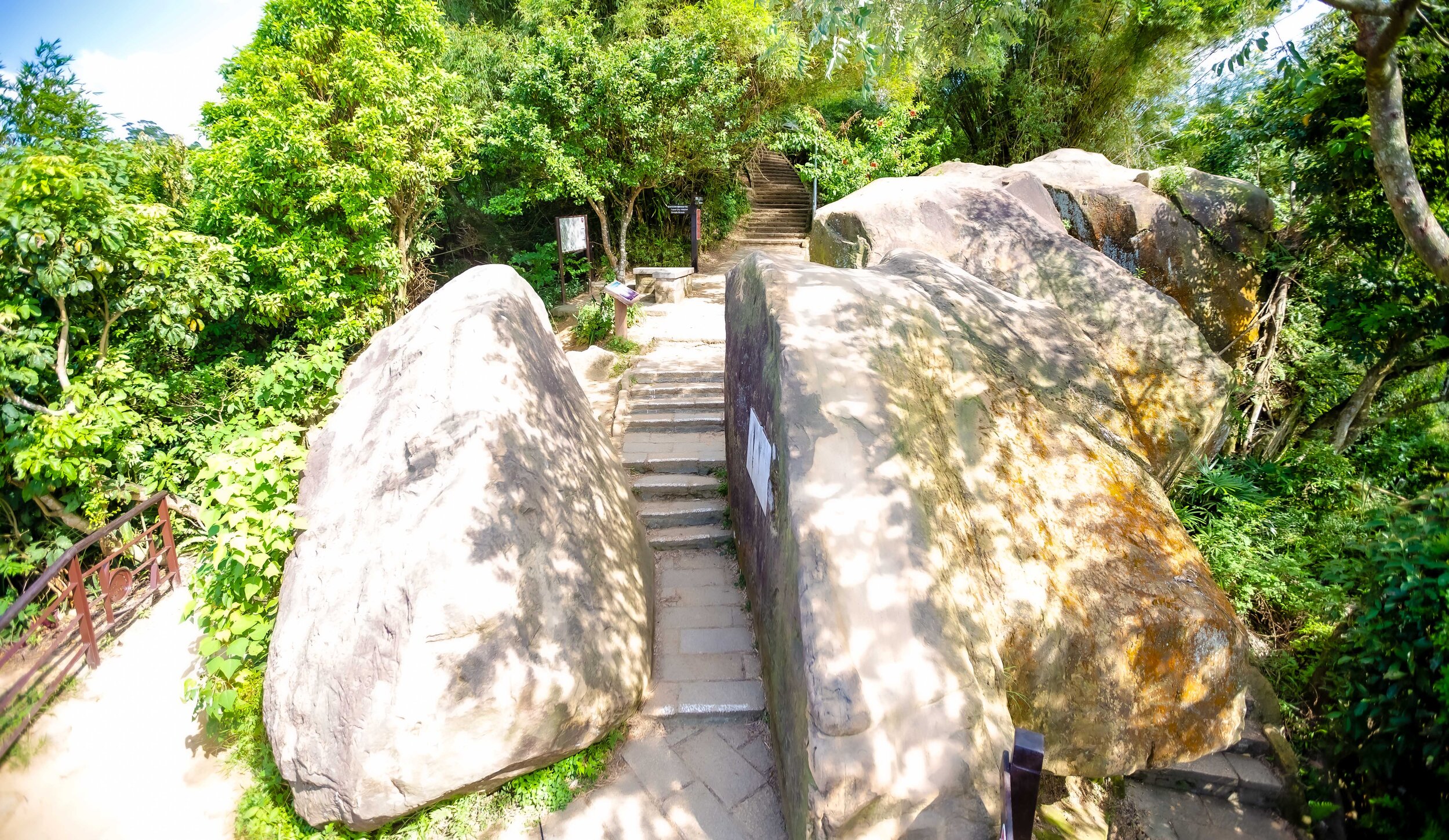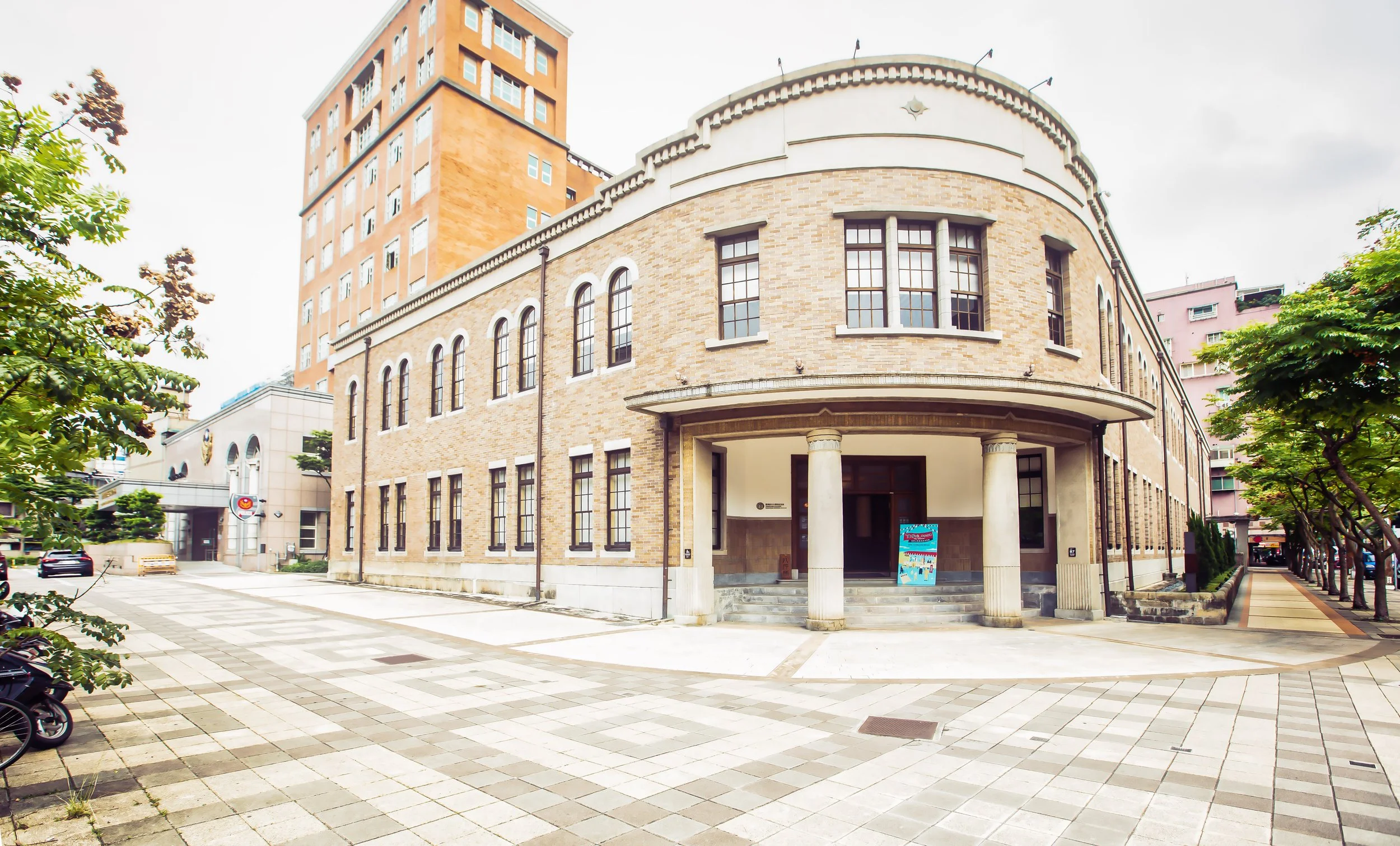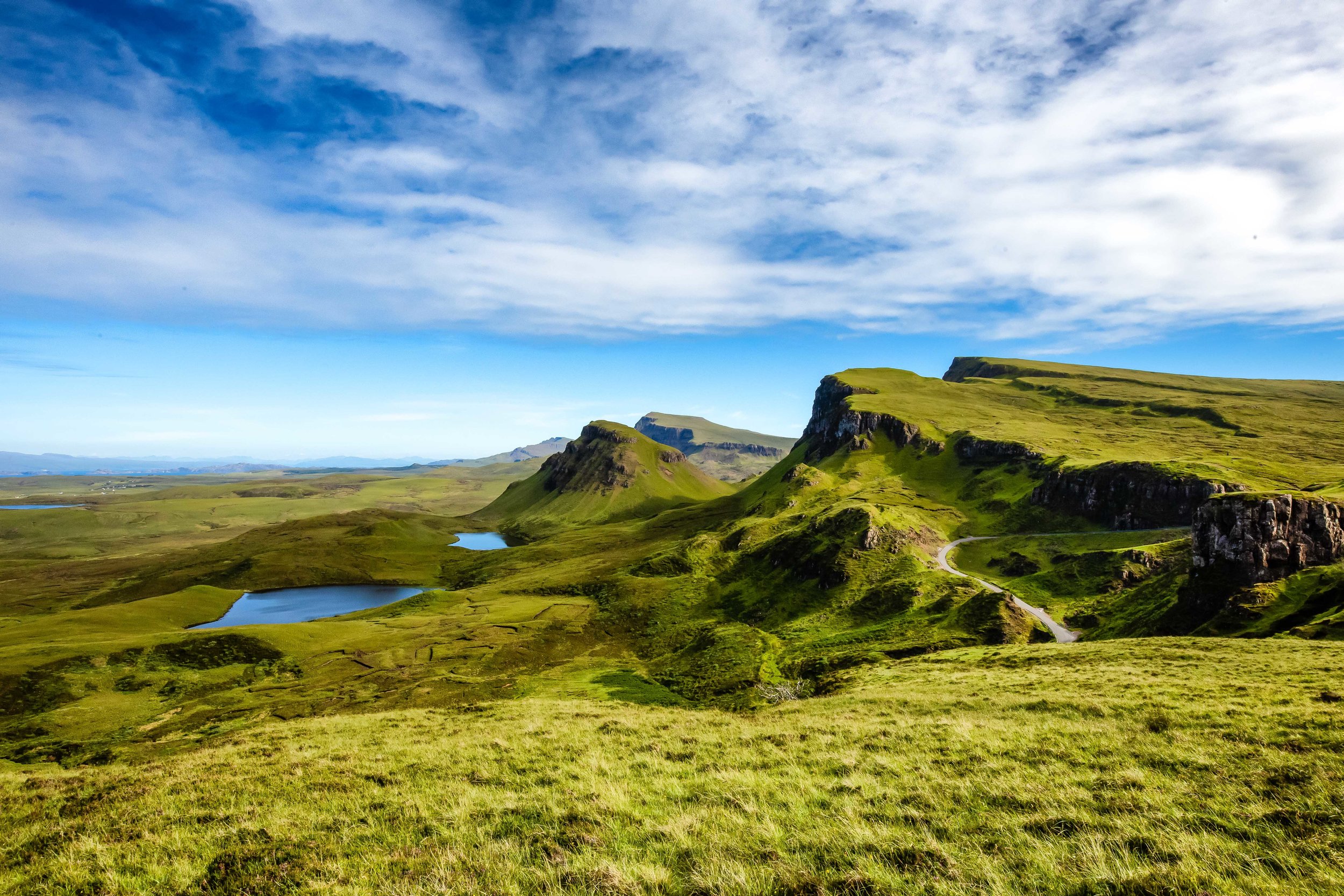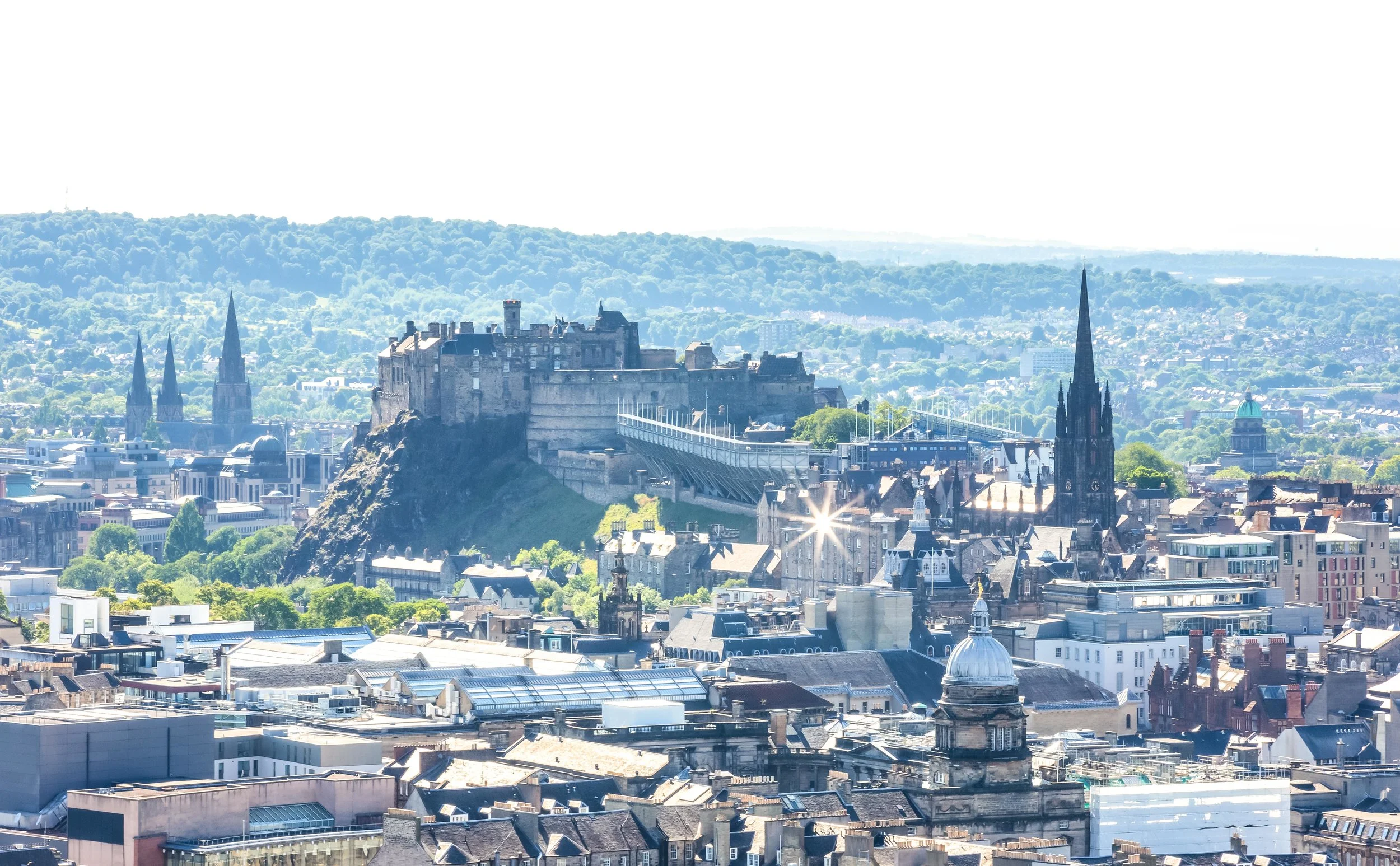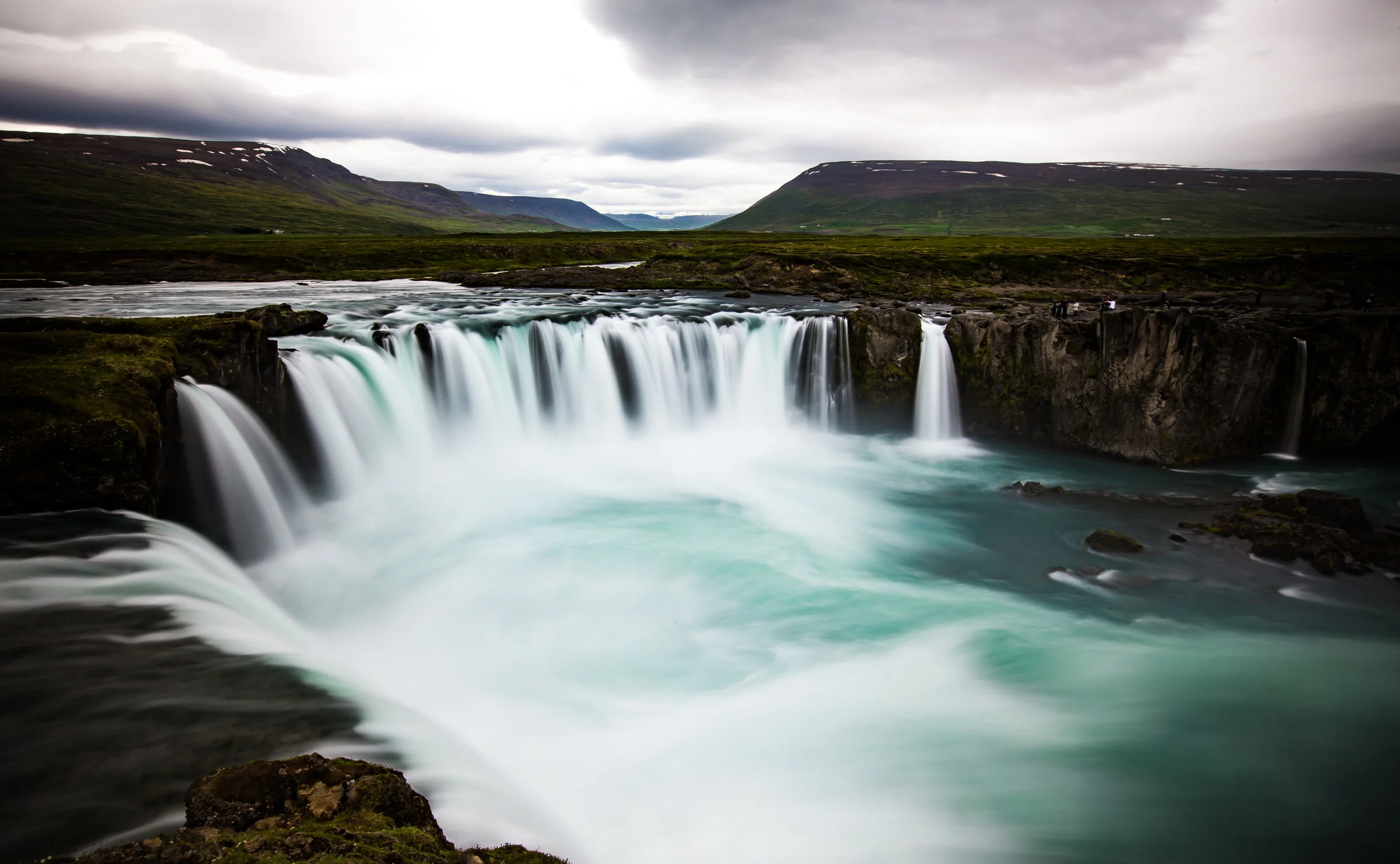So, you’ve hiked Elephant Mountain, you’ve got your epic travel selfie and some beautiful pictures of the city. Now what? Are you going to head back down the trail and onto your next destination? Or are you going to keep following the trail to see what you’ll discover?
If you’re like most tourists, you’re probably coming to enjoy the view from the peak of Elephant Mountain and then you’ll head back down to ground level without ever really questioning what amazing things are waiting to be discovered further up the trail.
If you ask me, thats quite unfortunate.
So, I’ll let you in on a little secret - You should keep hiking.
With a little more time and effort you’ll be rewarded with the opportunity to enjoy the view of the city from a couple more mountain peaks and will have the chance to take some beautiful photos of the cityscape while you’re at it.
The topic of today’s post, if you haven’t already figured it out, is Thumb Mountain (拇指山) and what is known as 9-5 Peak (九五峰), two mountain vistas that are a short distance from Elephant Mountain and are an absolute delight to visit, if you give them a chance.
The two peaks are located within the same network of trails known as “Four Beasts Hiking Trail” (四獸山) which also includes Elephant Mountain, Tiger Mountain, Leopard Mountain and Lion Mountain. Thumb Mountain and 9-5 Peak however are located at the highest portion of the trail and tower above all the others.
One of the great things about this network of trails is the way that they are set up allowing you to easily summit several different mountain peaks, with only a small amount of time and effort. The trails are also really well-developed, well-marked, well-lit at night and also provide hikers with washroom and water filling stations at various points throughout the hike.
So, if you’ve hiked Elephant Mountain and feel like continuing along the trail, I’ll share another secret with you - You’ve already hiked the most difficult part of the trail. If you decide to continue hiking to Thumb Mountain and 9-5 Peak, you’ll be able to enjoy a leisurely walk through a beautiful Taiwanese tropical forest and will be rewarded with even better views of the beautiful Taipei cityscape.
Thumb Mountain (拇指山)
Measuring at 320 meters in height, Thumb Mountain is one of the highest points on the Nangang Mountain range. While standing on top of its beautiful rock face however, you’d be hard pressed to care about that as it is the only peak on the trail that actually gives off the impression that you’re on the peak of a mountain.
So why is it called “Thumb Mountain?”
Well that’s simple, because it (apparently) looks like a thumb.
I suppose when you’re walking up the smooth rock face to the peak of the mountain, you could imagine that you’re walking up the back of someone’s thumb, but when it comes to seeing images in rock formations, I’m lacking in imagination. I suppose I might feel differently if I was flying a drone and saw it from above but I’m not here to argue about that.
Considering how well-marked the network of trails is, it is a bit strange that when you arrive at the entrance to Thumb Mountain, there isn’t a sign that points you in in the direction of the peak.
I recall that there used to be a sign, so I asked one of the experienced hikers on the trail what happened to it and they explained that a typhoon blew it away and it has yet to be replaced. This probably means that that a lot of people have been passing by the peak without even noticing.
The trail to the top of Thumb Mountain is an off-shoot from the main trail and if you’re like most people you may end up walking past the entrance if you’re not playing close attention.
The best way to know if you’ve passed the entrance to the trail without noticing it is if you’ve arrived at a shrine that has been constructed within a rocky part of mountain face. The shrine is actually constructed at the trail level of the rocky Thumb Mountain crag and if you’re walking by you can’t miss it.
So, if you’re looking at the gods and goddesses, you’re going to have to backtrack until you reach a small clearing in the trail where you’ll find a set of stairs. As you walk up the trail to the mountain, you’ll notice that there are ropes fashioned to the side of the trail that are meant to help you safely get to the top.
Even though the trail isn’t that difficult to walk up, you’ll probably want to hold on just in case, especially when you’re on your way down as the trail can be a bit damp at certain times of the day.
From the trail to the peak of Thumb Mountain you’ll need little more than two or three minutes.
As I mentioned above, the peak of Thumb Mountain is a rocky mountain face that is probably the most ‘peak-like’ experience you’re going to have on any of the mountains on the trail. The rocks are easy to walk up and once you get to the top there is a marker that indicates you’re on the peak of Thumb Mountain with the official height of the mountain.
One of my favourite things about Thumb Mountain is that when you’re standing on top, you’re going to have beautiful 360 degree views of the Taipei cityscape as well as the Muzha district to your rear. You may even be able to see the Maokong Gondola in the distance if the weather is clear.
If you’re visiting on a hot day though, you are going to be completely exposed to the sun, so if you want to sit there for a bit to relax, you’re going to need to remember to protect yourself with a hat and sun screen. It also tends to be quite windy on the peak, so you’ll want to be careful when you’re walking around.
The view from Thumb Mountain looks directly down at the city with only Elephant Mountain sitting between you and the cityscape. You should be able to take some really nice photos from here, but if you’re visiting on a hazy day, you might feel a bit disappointed as it could be difficult to get a clear photo.
Even if the weather seems really nice, if you are planning on hiking all the way to Thumb Mountain and 9-5 Peak, I recommend first checking the current Air Quality index which should give you an idea of how your photos will turn out.
Link: Air Pollution in Taiwan: Real-time Air Quality Index Visual Map
Nangang Mountain (南港山)
If you’re thinking, “Isn’t this blog titled Thumb Mountain and 9-5 Peak? Why is he talking about Nangang Mountain now?”, you’d be making a good point. But the truth is, if you’re hiking to both Thumb Mountain and 9-5 Peak, you’re going to pass by the peak of Nangang Mountain - whether you realize it or not.
I always thought it was a little weird - “Nangang Mountain” (南港山) is the name for the mountain where you’ll find Elephant Mountain and Tiger Mountain but why are they referred to as mountains in both Chinese and English? Are they mountains or simply different peaks?
The answer is simple, Nangang Mountain is the name of the mountain, which consists of several different peaks. The “peaks” started being referred to as “mountains” when the hiking trail became popular and people started realizing that the views of the city were beautiful.
So is there such a thing as Elephant Mountain? Not really. Should it be renamed to Elephant Peak (象山峰)?
Nah. I don’t think so. Elephant Mountain sounds better.
The peak of Nangang Mountain receives little fanfare, mostly because there’s not really very much to see when you’re there. There’s just a simple marker on one side and a crane-like machine on the other. If you take a picture at the peak of Nangang Mountain, your friends and family on social media aren’t going to get very excited, because there isn’t really anything worth taking a photo of - its just a marker without a view.
And this is why we continue on to 9-5 Peak, where the view is fantastic.
9-5 Peak (九五峰)
For many years 9-5 Peak was an area of the trail that only experienced climbers would attempt to reach. Now though, people of all types can reach Nangang Mountain’s highest point through the well-developed network of trails.
At a height of 375 meters, 9-5 Peak offers visitors one of the best views in the whole city from its lookout.
In the past, if you wanted to reach 9-5 Peak, you would have to scale up the dangerous mountain side making use of ropes that were fashioned to the rocks. Not only was this too difficult for most people, it also caused quite a few accidents and injuries.
In 2014 for example, a young women lost her grip, fell a hundred meters and died.
While the ropes still exist and you can still try your hand at using them to climb up the mountain, the city government has made the whole process a lot easier by connecting trails on several different sides of the mountain that allow you to reach the peak. There are currently warning signs that caution hikers of the danger of climbing the mountain side and it seems like the local government is in the process of removing them entirely.
You might be wondering why all the other peaks on the mountains have relatively normal names while this one is oddly named 9-5 Peak - The name is surprisingly fitting and is meant to pay homepage to an avid hiker who (several decades ago) successfully climbed the mountain at the age of 95.
The name 9-5 Peak (九五峰) is dedicated to Mr. Yang Sen (楊森) who to the surprise of many was able to successfully climb to the peak of Nangang Mountain. Given the difficultly of hiking the mountain several decades ago, it was considered quite a feat for a man of his age to complete the hike, so they renamed the peak in his honour.
The peak is famously home to a giant rock that people often climb on top of to take photos. The front side of the rock features the Chinese characters “九五峰” etched into the side indicating that you’ve reached the highest point of the mountain.
The reason why I think the name of the peak continues to be fitting is because the majority of the people you’re going to find on the peak are the elderly retirees of Taipei who hike the trail on a daily basis for a bit of exercise and to meet up with their friends.
When you’ve arrived at the peak, you’ll probably notice that there is a sense of community up there with most of the people stopping to have a chat with their fellow hikers, who are people they see almost on weekly or daily basis.
When I first hiked to the peak over a decade ago, sitting on top of the rock, especially at night provided excellent, even romantic views of the city. Today though, the view from the top of the rock has mostly been obscured by trees and brush that has grown a little too high.
You would think that with such a great view that people would want the trees obscuring the view to be removed, but that isn’t really the Taiwan way. People here wouldn’t support the natural environment being destroyed for something as unimportant as an epic view of the cityscape.
Thankfully, there is an even better lookout a short distance away from the peak where you’re afforded panoramic shots of the Taipei cityscape high above the rest of the mountain range. The 9-5 Peak Lookout is probably the best photo-taking spot on the whole trail and hiking the extra hour or so that it takes to get there is well worth the effort thanks to the spectacular photos you’ll come away with.
Getting There
How you get to these two peaks really depends on where you’re starting your hike - In this case, we’re spoiled with several different options, so when you’re planning your hike, your most important consideration is going to be what route you want to take and what you want to see along the way.
I may just be guessing here, but I would assume most short-term tourists are likely to start on the Elephant Mountain side, while local people or long-term travellers (like myself) are more likely to start on the Tiger Mountain side.
There are pros and cons to each of these starting points, so let me introduce the different routes you can take and the walking method for each.
Route 1 - Elephant Mountain - 9-5 Peak
What is likely to be the most popular route for tourists is to start hiking at the Elephant Mountain trailhead, completing that trail and then making your way from there to Thumb Mountain and then onto 9-5 Peak. This route might seem like it is the most convenient due to the fact that its close to an MRT station and allows you to first enjoy the beauty of Elephant Mountain.
You will however have to deal with a much steeper climb as well as a much more crowded trail for the first section of the hike.
If you’re a short-term tourist visiting Taipei, hiking this route combines a visit to Elephant Mountain and allows you to travel a bit further than most other tourists do.
The thing is though, I’m not exaggerating when I say that the Elephant Mountain trail is quite steep and there is a section of the route that takes you to Thumb Mountain that is also quite steep.
There are better options if you’re worried about wearing yourself out on the hike.
Route 2 - Tiger Mountain - Thumb Mountain
Another option would be to take the MRT to either Houshanpi Station (後山埤捷運站) or Yongchun Station (永春捷運站) and walk to the Tiger Mountain (虎山) trailhead. From there you’ll continue your hike from the peak of Tiger Mountain to 9-5 and Thumb Mountain and then leaving from Elephant Mountain.
If you elect to take this route, you’re in for a much easier hike with a fraction of the traffic on the trail and you’ll also get to enjoy the beautiful view from Tiger Mountain as well!
This route requires a 10-15 minute walk from the MRT station to the trailhead but you’ll save time on the actual trail as the distance to 9-5 and Thumb Mountain is much shorter than the route from Elephant Mountain.
There are several different trailheads for Tiger Mountain, but the closest and easiest to get to from the MRT station or by Youbike are the two trailheads on Songshan Road (松山路). You’ll find them both on the map above.
Route 3 - Songshan Cihui Temple - Thumb Mountain
Let’s say you’re a pro and you’ve hiked Elephant Mountain and Tiger Mountain a bunch of times and have little interest in hiking them again. Can you still hike to these two mountains while avoiding the others? Sure. You’ll have to keep in mind though that even though there are a number of trails in this mountain network, they all eventually meet up at some point and allow easy access to all the other peaks.
If you prefer to hike this route, simply take the MRT to either Houshanpi Station (後山埤捷運站) or Yongchun Station (永春捷運站) and then make your way to the beautiful Songshan Cihui Temple (松山慈惠宮) where you’ll find the trailhead at the rear of the building.
This route will take you around Tiger Mountain and directly to 9-5 Peak where you’ll be able to continue along the trail passing by the peak of Nangang Mountain (南港山) before arriving at Thumb Mountain (拇指山). From there you can either leave the way you came or head down the mountain passing by Elephant Mountain and finishing at the Xiangshan MRT station.
If you want to save a bit of time walking, you could also take one of the various buses that travel through the area. If you take the bus, get off at the Fengtian Temple (奉天宮) stop and then walk up the hill to the temple from there.
If you need info on bus stops or real time info, check the Taipei eBus website for more information. You may also want to download the “台北等公車” smart phone app which uses GPS to let you map your route more easily.
Buses that serve the Fengtian Temple Stop: #46, #88, #207, #257, #286, BL10.
Something that I’ve always questioned in regard to the majority of tourists hiking Elephant Mountain is whether they were only hiking the mountain for a selfie halfway up or if they were just completely unaware of the existence of Thumb Mountain and 9-5 Peak. I suppose you can’t blame most people, these two peaks aren’t really all that well advertised, and thats a shame.
I would contend that one of the best photo locations for a cityscape shop is at the lookout on 9-5 Peak - It gives you the widest perspective of the city that you’re going to get and is an absolutely beautiful spot to enjoy the sunset.
So my advice to you is simple, if you’re going to hike Elephant Mountain and the weather is great, why not take another hour to hike to these two peaks as well? You’re going to enjoy yourself along the path, you’ll get some great photos along the way and you’ll have travelled further than 98% of your fellow tourists.
There’s nothing wrong with taking the road less travelled.














